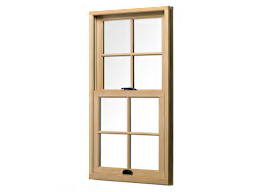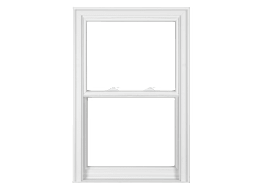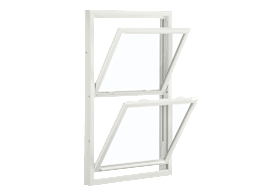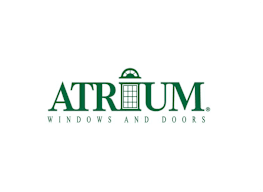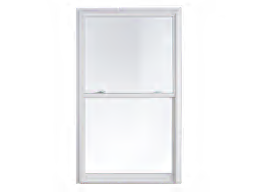
Replacement Window Buying Guide
Replacing your home’s old windows is not a project for the financially faint of heart. Nationally, the average price to replace just one window is $500, according to Thumbtack, the online local-services marketplace. And replacing all the windows in a home can range in cost from $8,245 to $17,645, including labor, disposal, and permitting (if required). Your actual cost will depend on where you live, the styles you choose, and other factors.
But the recently passed Inflation Reduction Act makes window replacement a tad less costly. Homeowners can now claim a 30 percent federal tax credit on up to $600 in expenditures on Energy Star certified replacement windows, up from $500 previously. And they can claim the Energy Efficient Home Improvement Credit, as it’s called, every year until 2032. That’s a change from the past, when you could claim this type of tax credit only once. So in theory, you could stagger your window replacements over several years and get the credit each time.
If you’re planning a project now, though, factor in a potentially long wait time. Supply-chain issues that have plagued so many businesses have also hit companies that manufacture and install replacement windows. Expect your project to take 2 to 3 months from the time you sign the contract until your windows are installed, says Chad Kleis, vice president of sales at Window World, a manufacturer and installer based in Wilkesboro, N.C. Before the pandemic, timelines were as short as 6 weeks, Kleis says.
What do you get for your patience? Well, new windows are likely to make your home quieter and less drafty—in short, more comfortable. Many new double-hung windows are now easier to clean and maintain than older windows with combination screens and storm windows. They also can enhance your home’s all-important curb appeal.
Use this buying guide to learn about replacement window materials, types, and features; budget-related considerations; and how to find a capable installer. Also check out our replacement windows ratings, based on our scientific testing, to help you choose the right product.
What You'll Find on the Market
Value-conscious consumers are no longer captive to standard, fat white synthetic frames that scream “replacement window.” To satisfy buyers on a budget who want a wood look, some manufacturers are creating vinyl windows with wood laminate finishes. They’re also making composite frames—some made of fiberglass, others a combination of wood and plastic. At the same time, costly solid wood windows are becoming a niche market.
New colors, especially for the exterior portion of the window, are offering more design options. Anthony Carrino, vice president of design at Welcome Homes, an online design-build company based in New York City, says he’s seeing more replacement windows with black exterior frames. “Utilizing black to make your windows pop off your facade adds both depth and visual interest,” he says.
Another trend: installing windows without muntins, the vertical and horizontal grids that make a full pane of glass look like it’s split into sections, Colonial-style. “Homeowners are definitely looking to maximize glass area and gain a more contemporary look,” Kleis says. “This gives the customer an open feel with lots of character.”
Key Shopping Considerations
Weighing the Benefits and Costs
In 2022, a vinyl window-replacement job was among the top five home projects in terms of return on investment, according to national estimates by Remodeling magazine. Sixty-eight percent of a window-replacement job is recouped in the selling price, Remodeling says.
New windows also can save on energy bills. Replacing clear-glass single-pane windows in a single-story, 2,000-square-foot home with new Energy Star certified windows can save a homeowner from $101 to $583 a year, the U.S. Department of Energy projects. Replacing storm windows or double-pane windows can save $27 to $197 per year. How much you’d actually save depends on your local climate, utility rates, and other factors.
If your existing frames and sills are still sound and square, you’ll save money on materials and labor by using replacement units. They’re also known as “pocket replacements” and fit into your existing frames. If your frames are too old and deteriorated, you’ll need full replacement windows, which are the same windows used in new construction. These include the frame, sill, jambs, and usually what’s known as a nailing flange, which attaches the window to the outside wall around the opening.
Finding a Capable Installer
Even the best windows won’t deliver the look or comfort you expect if they’re installed incorrectly. Professional installation is key, especially if you have an older home where, say, window frames have shifted over time and are no longer squared off at the corners.
Many major window manufacturers train and certify installers for their specific brand of window. Using the same contractor for purchase and installation means that if a problem arises later, there will be no doubt who is responsible for fixing it; the window seller can’t blame it on the installer, or vice versa.
Get multiple bids and look online for certification from the American Window and Door Institute or Installation Masters. Any bid you receive should include specifics such as window brand and model, number of windows, size, and type, plus any add-on features. Installation details should be noted, and labor and material costs broken out separately.
While contractors often have their preferred brands, don’t rely on the contractor to choose your windows for you. Check out our replacement window ratings for details on which work best to keep your home comfortable and dry.
What Our Tests Say About Different Window Materials
We tested double-hung windows for resistance to wind and rain. (We don’t test single-hung windows because they’re less common.) Working with an outside lab, we subjected the windows to heavy, wind-driven rain, and winds of 25 and 50 mph at outdoor temperatures of 0° F and 70° F. As our ratings show, we found significant differences among brands.
We test both vinyl and composite windows at Consumer Reports. You may still find some all-aluminum windows, but their popularity has declined with the development of vinyl.
Our tests find that what material a window frame is made of doesn’t guarantee performance, and neither does price. For instance, you’ll find excellent vinyl-frame and composite double-hung windows that perform better than more-pricey wood-frame windows. In fact, the highest-rated wood window in our tests is on a par, performance-wise, with a vinyl window that’s half its price. Here are the types of window materials to consider.

Wood Frame
This window frame type tends to be the most expensive. The entire structure is wood. But while the interior wood can be painted or stained, the exterior is covered in aluminum or vinyl. Those surfaces protect the outside wood from the elements, and prevent rotting and insect infestation. They also reduce maintenance, because you never have to repaint. Many wood windows are available in a variety of exterior colors, allowing you to pick a style that matches your home.
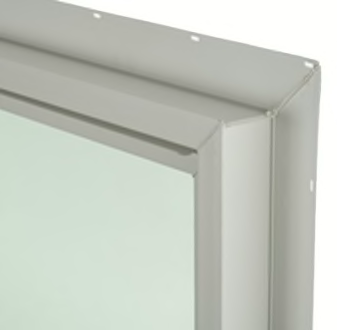
Vinyl Frame
Vinyl-frame windows are typically the least expensive—and typically white. Some models, though, come in limited exterior and interior colors, including wood-laminate finishes. Most vinyl frame windows can’t be painted or stained, so keep that in mind if you want to coordinate them with the color of the exterior paint. Vinyl frames have fewer hardware options than all-wood frames.

Composite Frame
These window frames, typically in the midpriced range, are made from fiberglass or a combination of materials. They typically do not need to be painted or stained. They may have some parts made of solid wood, laminated wood, or plastic with embedded wood fibers. The combination is typically used to give the look of a solid wood window, while making the underlying structure more stable than solid wood. Fiberglass windows are made by embedding fiberglass needles in plastic, making them stronger and stiffer than vinyl; not every brand offers this option.
The Glass Menagerie: Types of Windows
In addition to materials, variables include the number of panes, how the windows are hinged, how they operate, and how much ventilation they offer. Here’s a look at the various types.

Double-Hung Windows
This is the most common type of window in homes built in the 1980s and later. The lower inside sash slides up and an upper outside sash slides down, improving air circulation and making full screens ideal.
Most new double-hung windows allow you to tilt the sashes in for easy cleaning. They’re also a smart choice if you plan to install a window air conditioner, though most now have a fairly high trim on the sill that may require significant shimming to stabilize the air conditioner.
Some double-hung windows in our tests are better than others at keeping out cold air or water. That’s important if you live in a place where it’s chilly and windy, such as Chicago, or where it’s rainy, like the Pacific Northwest.
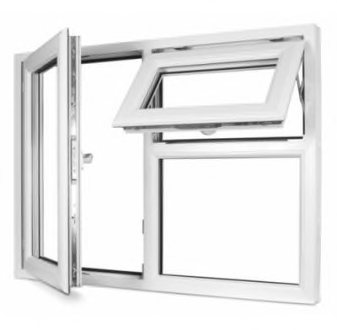
Other Types
Awning-Style Windows
They’re hinged at the top and open outward. Like casements, the sash presses and locks against the frame, so they close very tightly.
Casement-Style Windows
A smaller part of the market, casement windows provide an unobstructed view. They’re hinged on one side, and a crank lets you open them outward. When fully open, casements allow good ventilation and easy cleaning. They’re usually more airtight than double-hung windows because when closed the sash locks tightly against the frame. However, window air conditioners cannot be installed in casement windows.
Fixed Windows
These are used where lighting but not ventilation is important. They’re airtight and are available with decorative glass accents and textures, or in unusual shapes.
Hopper-Style Windows
The opposite of awning windows, they’re hinged at the bottom and can open either inward or outward.
Single-Hung Windows
They look like double-hung, but only the bottom sash moves. (They usually cost less as a result.) The top sash is sealed to keep out cold air and water.
Garden Windows
These project from the building to create display space for potted plants or a small potted garden. Either the left or right side of the projection can open.
Video Buying Guide
Watch our buying guide video below for more information on how to find the best windows for your house, and handy shopping tips for when you’re at the store.
Features to Look For
Here are a handful of important features to consider when you are shopping for new construction or pocket replacement windows.
- 1
- / 4
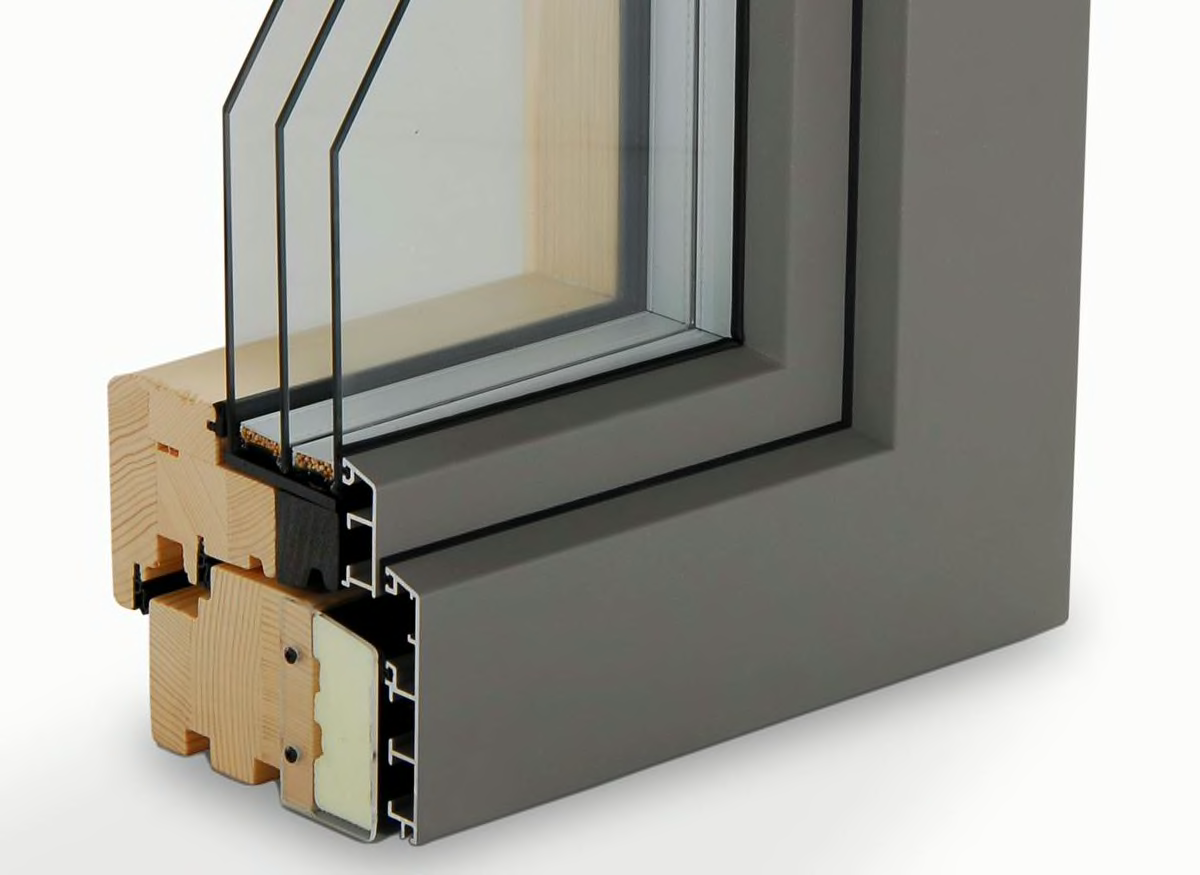
Cladding
Today’s wood-framed windows are clad in aluminum, vinyl, or fiberglass to protect the wood from the elements and eliminate the need for painting. Wood windows tend to be the most expensive. Many brands offer various wood types, such as pine, maple, and oak, for the interior parts of the window. Wood-frame windows can be either painted or stained at the factory, or you can add it to your to-do list.
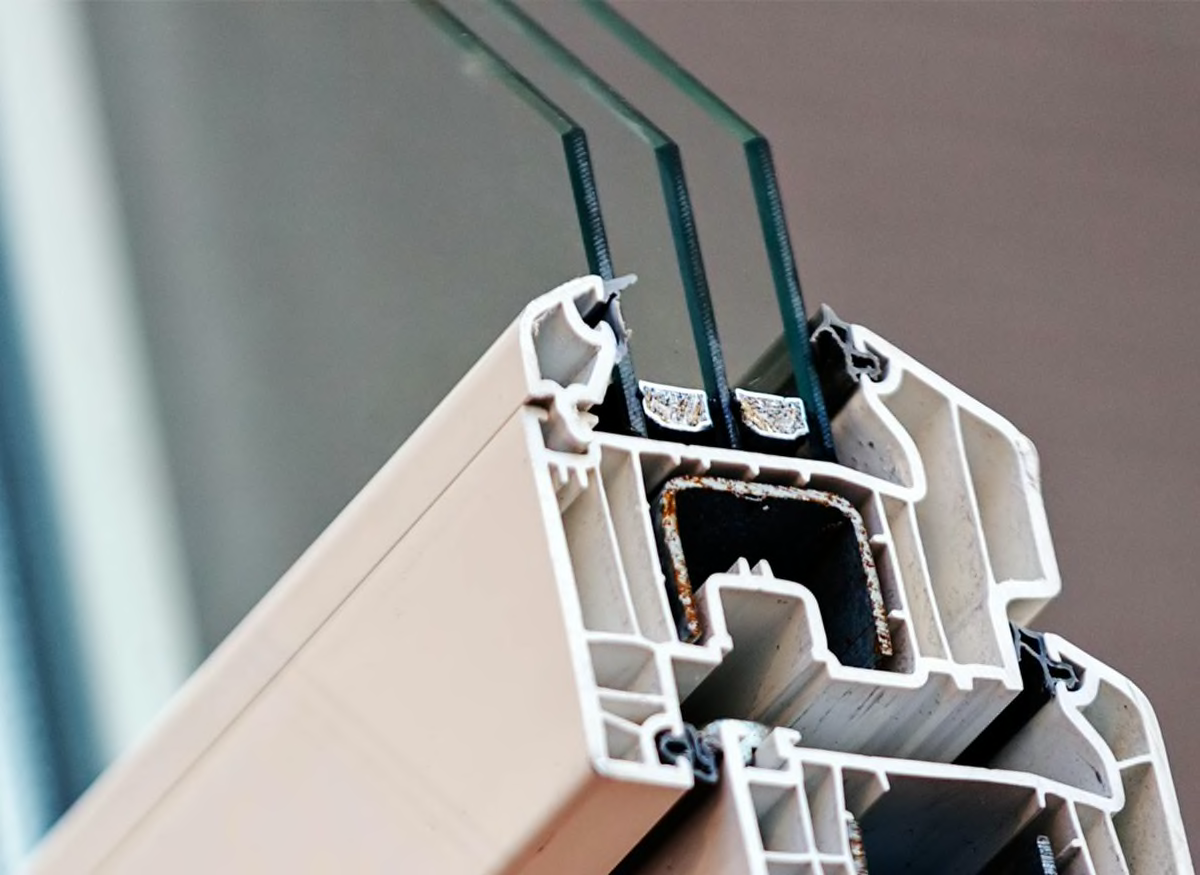
Double or Triple Glazing
Double-glazed windows have a sealed space between two panes of glass filled with air or argon gas, which slows the transfer of heat through the window. Gas provides better insulation and is standard on many windows, but the energy savings won’t justify paying more for it. Triple-glazing adds a third layer of glass, which reduces noise significantly. Energy savings are improved, but not enough to justify cost in all but extremely cold climates or where there is a constant and very loud noise (such as near airports or major freeways).
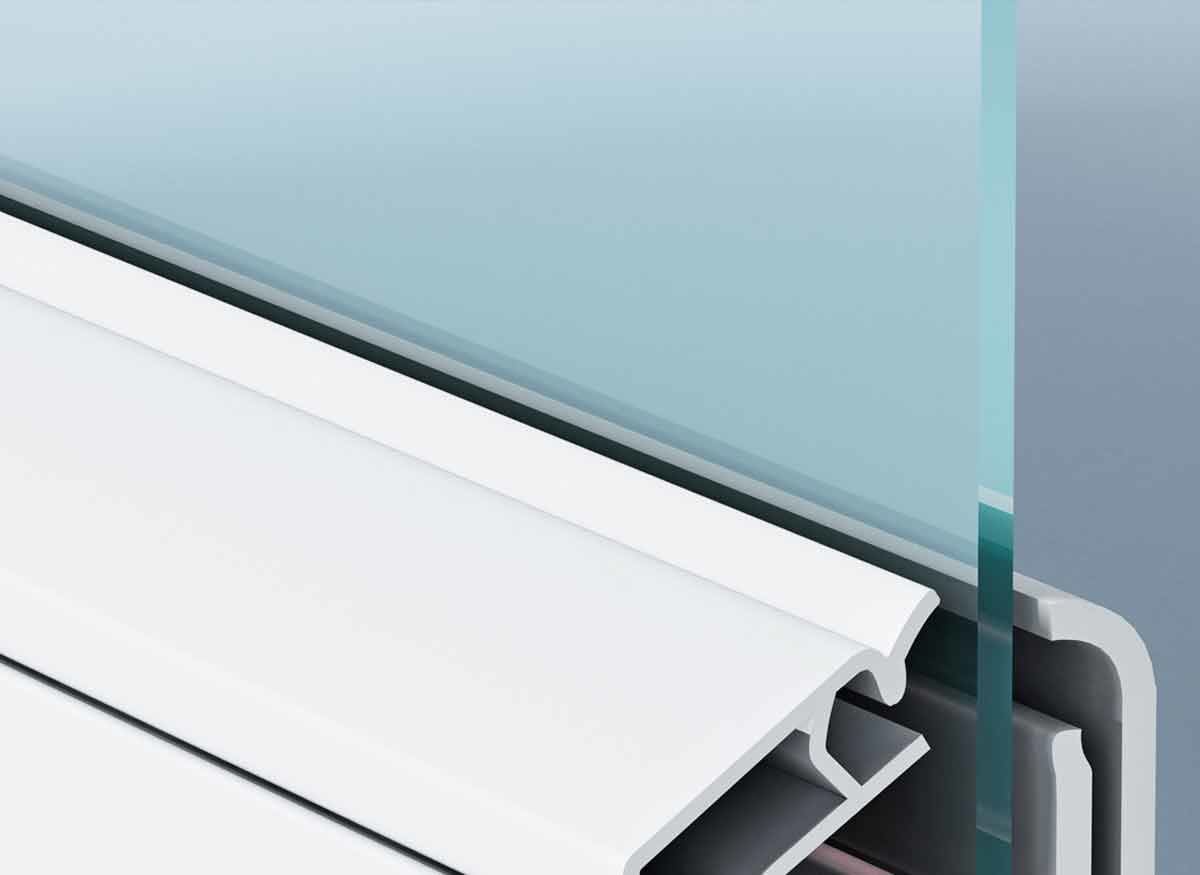
Low-E Coating
Low-emissivity (low-E) coatings are transparent and improve the efficiency of the glass by reflecting heat yet letting in light. The coating is applied to the outside glass in warmer climates to reflect the sun’s heat out, and in colder climates it’s applied to the inside glass to keep heat in. But keep in mind that any coatings applied to glass, no matter how transparent, reduce the visibility.

Tilt-In Sashes
On single- and double-hung windows, the sashes (the moving part of a window) can be tilted in for easy cleaning. Almost all brands have this feature.
Cladding
Today’s wood-framed windows are clad in aluminum, vinyl, or fiberglass to protect the wood from the elements and eliminate the need for painting. Wood windows tend to be the most expensive. Many brands offer various wood types, such as pine, maple, and oak, for the interior parts of the window. Wood-frame windows can be either painted or stained at the factory, or you can add it to your to-do list.
Double or Triple Glazing
Double-glazed windows have a sealed space between two panes of glass filled with air or argon gas, which slows the transfer of heat through the window. Gas provides better insulation and is standard on many windows, but the energy savings won’t justify paying more for it. Triple-glazing adds a third layer of glass, which reduces noise significantly. Energy savings are improved, but not enough to justify cost in all but extremely cold climates or where there is a constant and very loud noise (such as near airports or major freeways).
Low-E Coating
Low-emissivity (low-E) coatings are transparent and improve the efficiency of the glass by reflecting heat yet letting in light. The coating is applied to the outside glass in warmer climates to reflect the sun’s heat out, and in colder climates it’s applied to the inside glass to keep heat in. But keep in mind that any coatings applied to glass, no matter how transparent, reduce the visibility.
Tilt-In Sashes
On single- and double-hung windows, the sashes (the moving part of a window) can be tilted in for easy cleaning. Almost all brands have this feature.
Replacement Window Brands
Andersen, Marvin, and Pella are the leading window brands. Many leading manufacturers in the window industry market multiple brands. Andersen and Marvin sell some lines only to authorized installers, and home centers such as Lowe’s and Home Depot sell multiple lines. Use these profiles to compare windows by brands.
Alside vinyl windows have several replacement and new-construction lines, including double-hung, casement, bay windows, and garden windows. Alside windows are custom made to fit existing window openings. They are sold predominantly in the Eastern and Midwestern parts of the country at independent home centers.
Andersen is one of the leading manufacturers and marketers of windows. Renewal by Andersen windows are available in multiple replacement and new-construction lines in widely sold double-hung and casement styles, as well as bay windows. Andersen window lines include wood, clad, vinyl, and composite construction, and also low-emissivity (low-E) and argon-filled (gas-filled) glass for high efficiency. The company markets a line of stock sizes and has extensive special-order and custom options. Its windows are widely available through independent home centers, dealers, and Home Depot. Andersen also markets a line of composite windows under the Renewal by Andersen name through certified installers.
Atrium vinyl windows have several replacement and new-construction lines, including double-hung, casement, sliding, bay/bow, and garden windows. Atrium offers a wide selection of custom-built vinyl windows in a variety of styles and colors, as well as a variety of glass and grid options, including low-emissivity (low-E), argon-filled, and triple-pane glass. They are sold at independent home centers and through Lowe’s ReliaBilt service.
Jeld-Wen is one of the leading manufacturers and marketers of windows, which are available in multiple replacement and new-construction lines in widely sold double-hung and casement styles, as well as awning and bay/bow designs. Jeld-Wen window lines include wood, clad, vinyl, and aluminum construction, along with low-emissivity (low-E) and argon-filled (gas-filled) glass for high efficiency, and are sold through independent home centers and dealers.
One of the leading manufacturers and marketers, Marvin offers windows in multiple replacement and new-construction lines in widely sold double-hung and casement styles. The brand also sells awning and bay/bow casement windows. The company’s window lines include wood, clad, and composite construction, along with low-emissivity (low-E) and argon-filled (gas-filled) glass for high efficiency. Marvin markets a line of stock sizes and has extensive special-order and custom options. They’re sold through independent home centers and dealers, and are premium-priced.
One of the leading manufacturers and marketers, Pella makes its windows available in multiple replacement and new-construction lines in widely sold double-hung and casement styles, as well as less-common awning and bay designs. Pella window lines include wood, clad, vinyl, and aluminum construction, plus low-emissivity (low-E) and argon-filled (gas-filled) glass for high efficiency. The company markets a line of stock sizes and has extensive special-order and custom options. Its windows are widely available through Pella company-owned stores, dealers, independent home centers, and Lowe’s. Pella also markets a line of windows under the ThermaStar by Pella name at Lowe’s.
ReliaBilt vinyl windows are available in multiple replacement and new-construction lines in widely sold double-hung and casement styles, plus low-emissivity (low-E) and argon-filled (gas-filled) glass for high efficiency. ReliaBilt windows are available in stock sizes and extensive special-order and custom options. They’re sold at Lowe’s.
Simonton vinyl windows are available in multiple replacement and new-construction lines in widely sold double-hung and casement styles, along with low-emissivity (low-E) and argon-filled (gas-filled) glass for high efficiency. Simonton windows are available in stock sizes and extensive special-order and custom options. They’re sold at Home Depot and through dealers.
Window World is one of the leading manufacturers, dealers, and marketers of replacement windows. The company sells a variety of window configurations, including double-hung, casement, and bay. Window World offers a variety of stock window sizes and provides installation. Its windows are sold at Window World retail centers and through partnerships with independent home centers.
Weather Shield wood-clad windows are available in multiple replacement and new-construction lines in widely sold double-hung and casement styles, along with low-emissivity (low-E) and argon-filled glass for high efficiency. Weather Shield windows are available in stock sizes and extensive special-order and custom options. They’re sold through dealers.
















